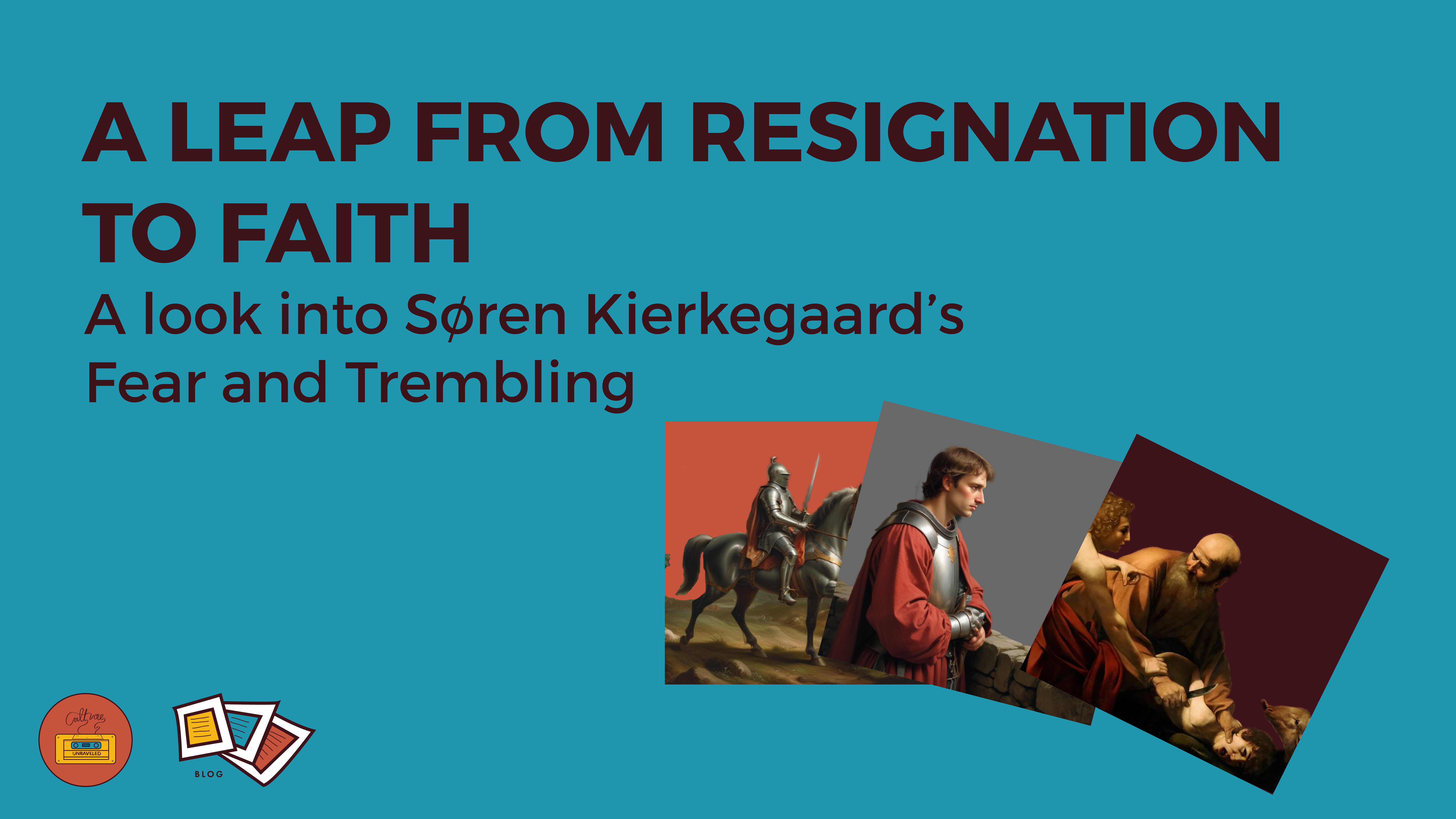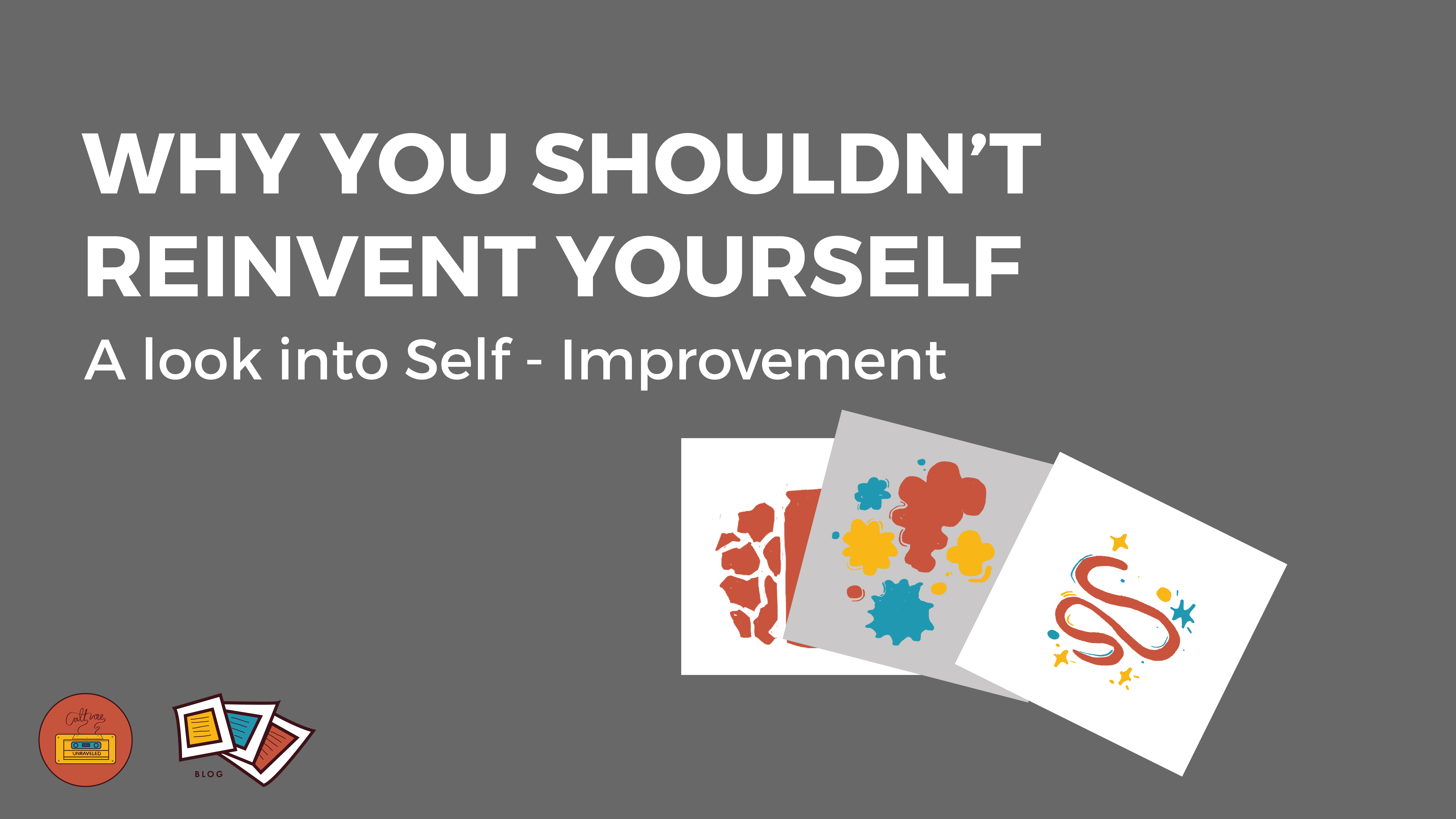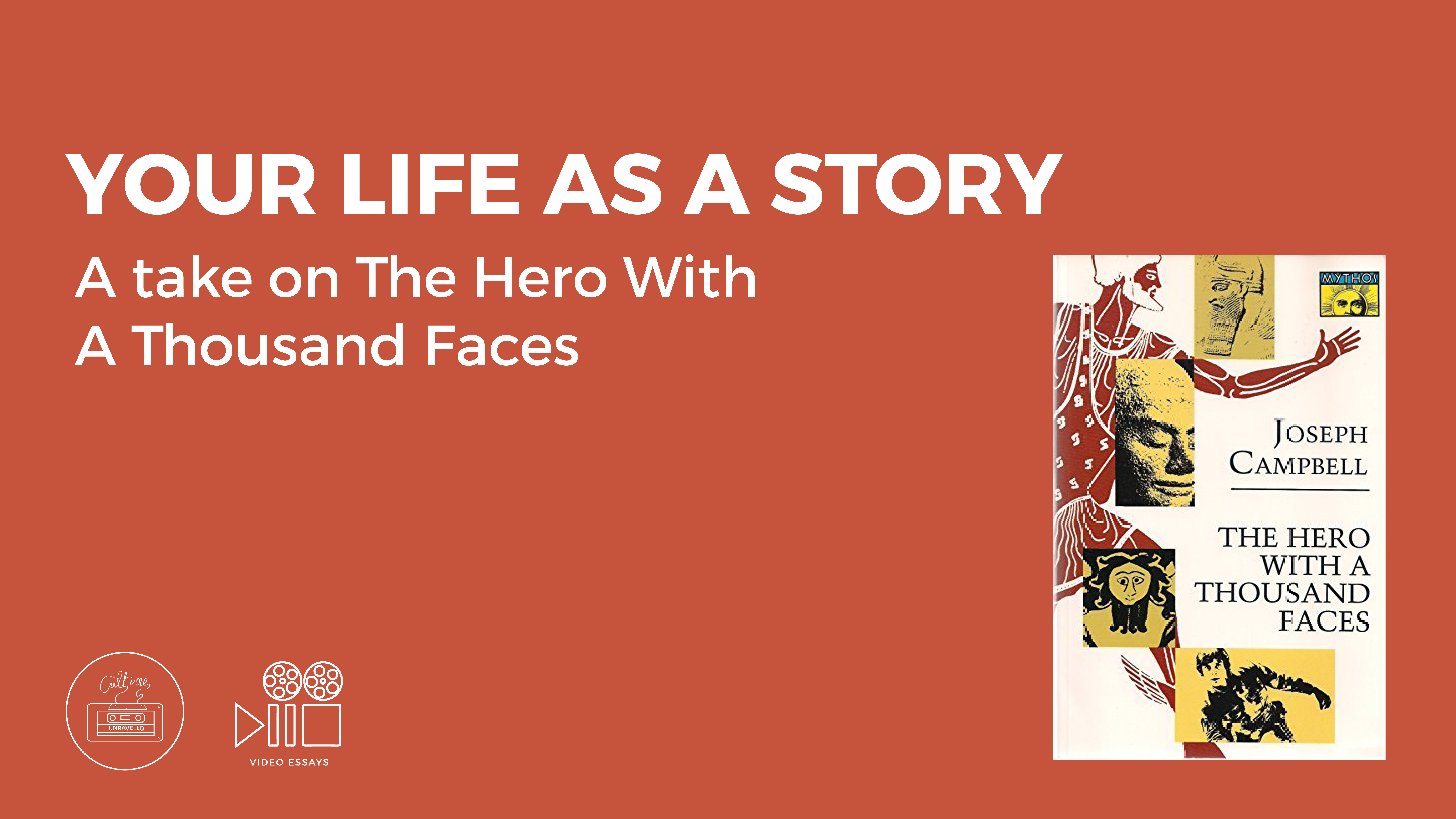
The man is Jony Ive. In fact, he’s SIr Jony Ive. Reading this, one might surmise that a man with a knighthood, would undoubtedly be a recognizable household name, and perhaps you do know him and have heard of him before, but if you do, you would be in the minority. For instance, if Steve Wozniak, or Steve Jobs when he was alive, were walking down the street, they would absolutely be recognized and even stopped by strangers, but Jony Ive? He would likely blend right in and be just one more stranger, but when it comes to revolutionary impact and influence, Ive is no stranger at all. He served as the Chief Design Officer of Apple from 1997 to 2019 and during that period he designed multiple iconic products such as the iPhone, iMac, iPad, Apple Watch and MacBook just to name a few.
Ive’s story and involvement in Apple’s operations and products are the perfect tale of the willingness to put larger goals before ego and the utility & value of collaboration.
While studying at Newcastle Polytechnic, now known as Northumbria University, Ive was heavily influenced by the German design philosophy and practice known as ‘Bauhaus’, which rose to prominence around 1919 to 1933. The Bauhaus philosophy celebrates minimalism while striving to serve as a coagulation of multiple artistic mediums operating under a unified approach. Bauhaus also emphasised the involvement of an artist’s individual creative expression in a larger scale mass production and function. This philosophy was vital to Ive’s development and was not only used in his approach to design at Apple, but perhaps in his approach to his role at Apple as well. A role characterised by immense impact and fruitful collaboration but minimal attention and fame.
Ive’s collaboration with Steve Jobs was imperative to Apple’s success, but what’s interesting is the contrast between the characters and public personas of these two generational pioneers. Steve Jobs, as we all know, was very comfortable in the spotlight, he was always the head as well as the face of Apple and was pleased with that role, whereas Ive was more comfortable behind the scenes, letting his work speak for itself. Of course, both these approaches have value in them but many say that Ive’s willingness to let some of his ideas fall second to the greater goal of a great product, his ability to express his individuality within Apple’s brand and his ability to collaborate with Steve Jobs, is what helped Apple reach new heights and scale to the top of the mountain of tech.
Ive was always more interested in making products that affected and impacted peoples lives on a personal as well as functional basis, which is why he got along so well with Jobs. He wanted to make products that helped people and made their lives easier. This goal was a double edged sword though, as it encouraged him to put the customer first and some of his desires second, it made his designs iconic while not elevating him to celebrity status. The
very reason that Ive’s designs were so revolutionary and influential is the same reason that he isn’t as famous as one would expect – he put the mission above himself, he put collaboration over artistic dictatorship, which is exactly what led to iconic designs. By allowing better ideas from other artists trump the ego of letting his idea be the winning one, he enabled Apple to produce groundbreaking products.
All this is not to say that we should strive to stay out of the spotlight or that we should only be behind the scenes but rather to suggest that we would all be better off if we were more comfortable with putting aside our egos in an effort to serve a larger purpose or goal. It teaches us that we can still exercise our individuality and creative expression while still fitting into and thriving in something that is bigger than just ourselves. It shows us that we can make an impact without making a scene. We can make a difference without always being the face of that difference, and in a world with everyone fighting for their 5 seconds of fame and elbowing each other on the way to the top, a lesson like this is more valuable now than it ever was.
Written by Ben Joshua












